Figures & data
Table 1 PCR Primer Sequence Information of Mouse
Table 2 Total and Differential Cell Counts in BALF (Cells/ml)
Table 3 The Levels of Inflammatory Factors in BALF and Serum (pg/ml)
Figure 1 Detection of emphysema.
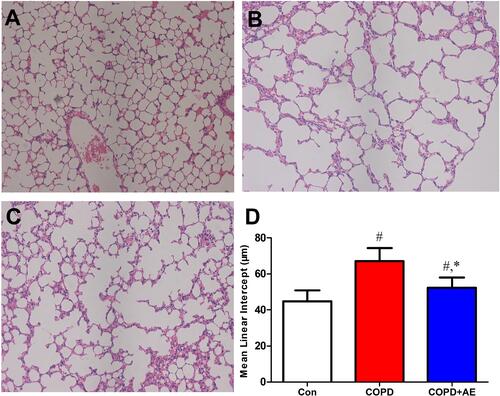
Figure 2 Detection of pulmonary fibrosis.
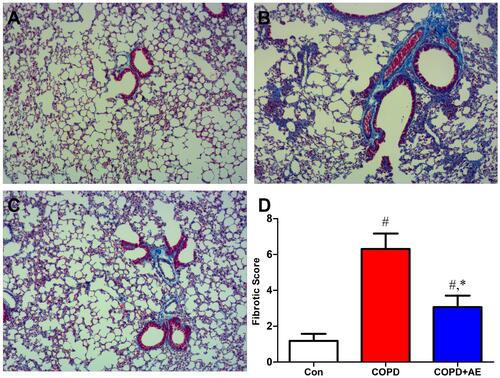
Figure 3 Detection of airway fibrosis.
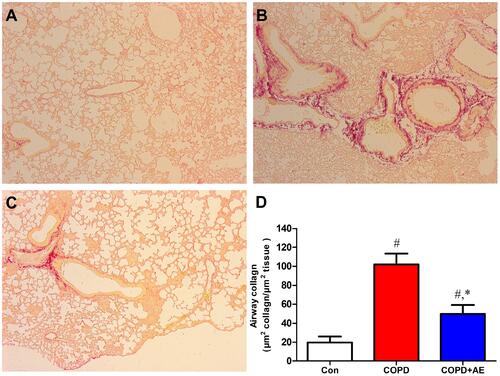
Figure 4 Detection of gene expression levels in lung tissue.
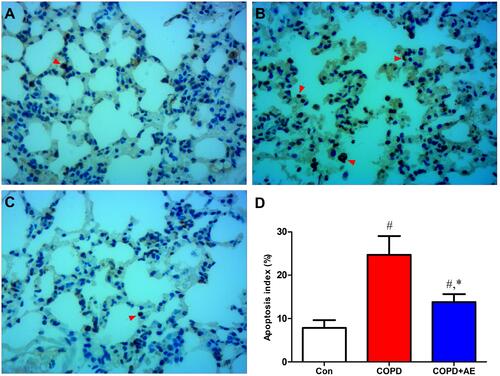
Figure 5 Detection of cell apoptosis.
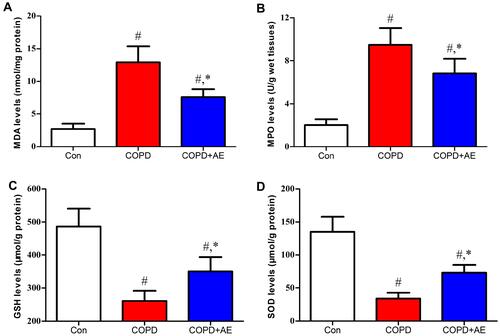
Figure 6 Detection of oxidative stress injury.
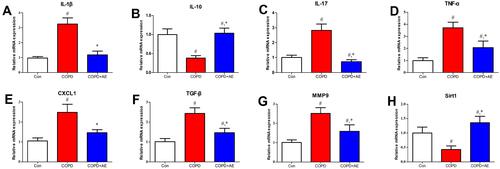
Figure 7 Detection of bronchial mucus cell hyperplasia and bronchoconstriction.

